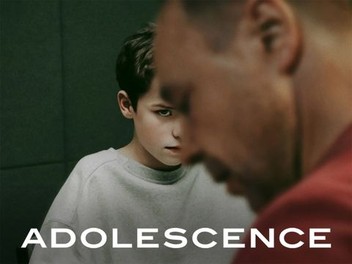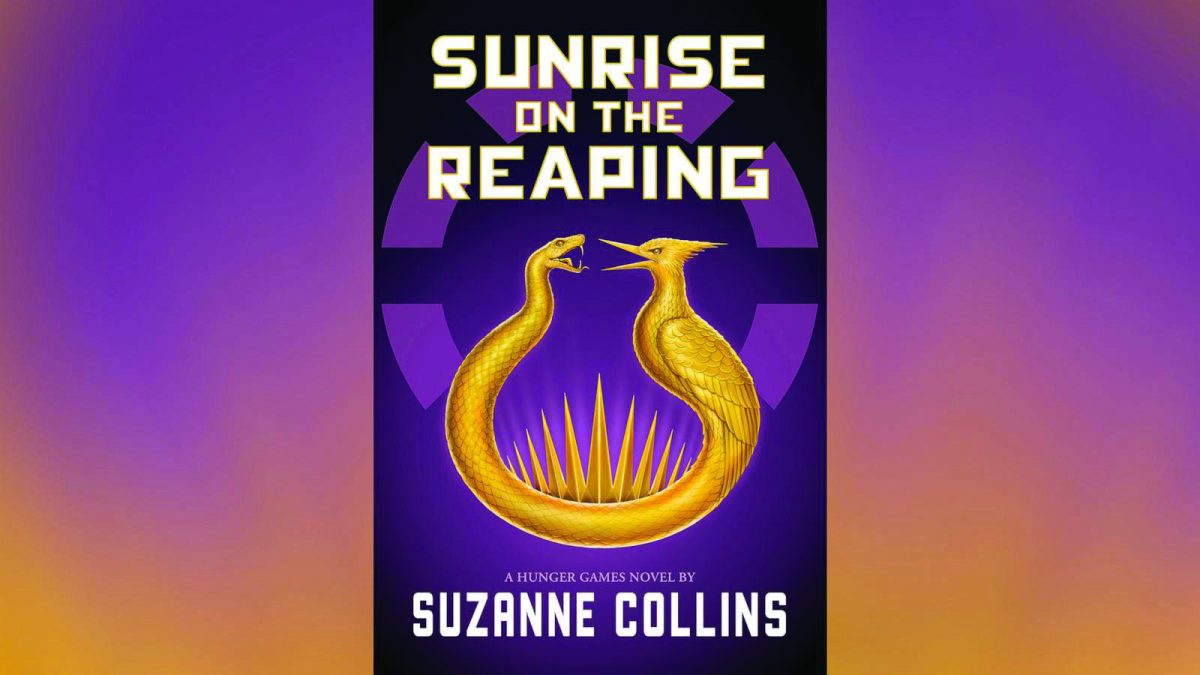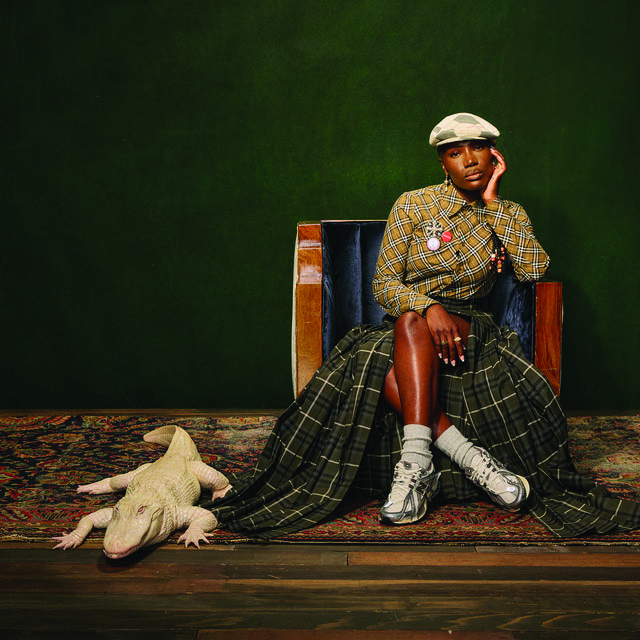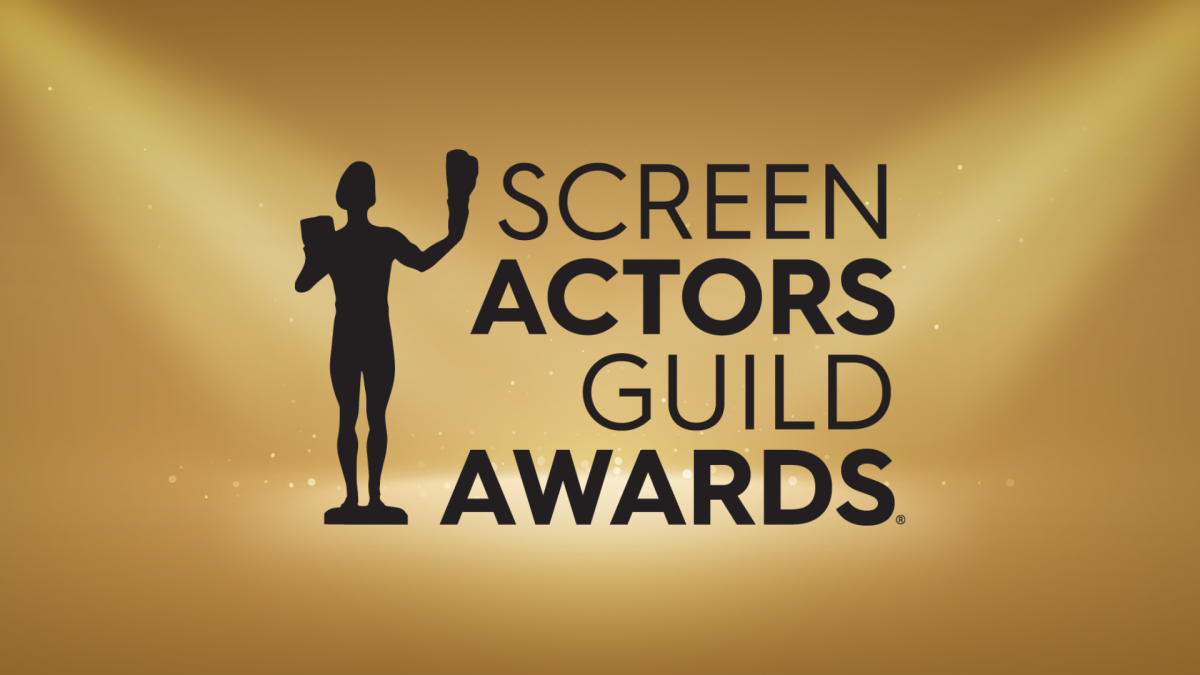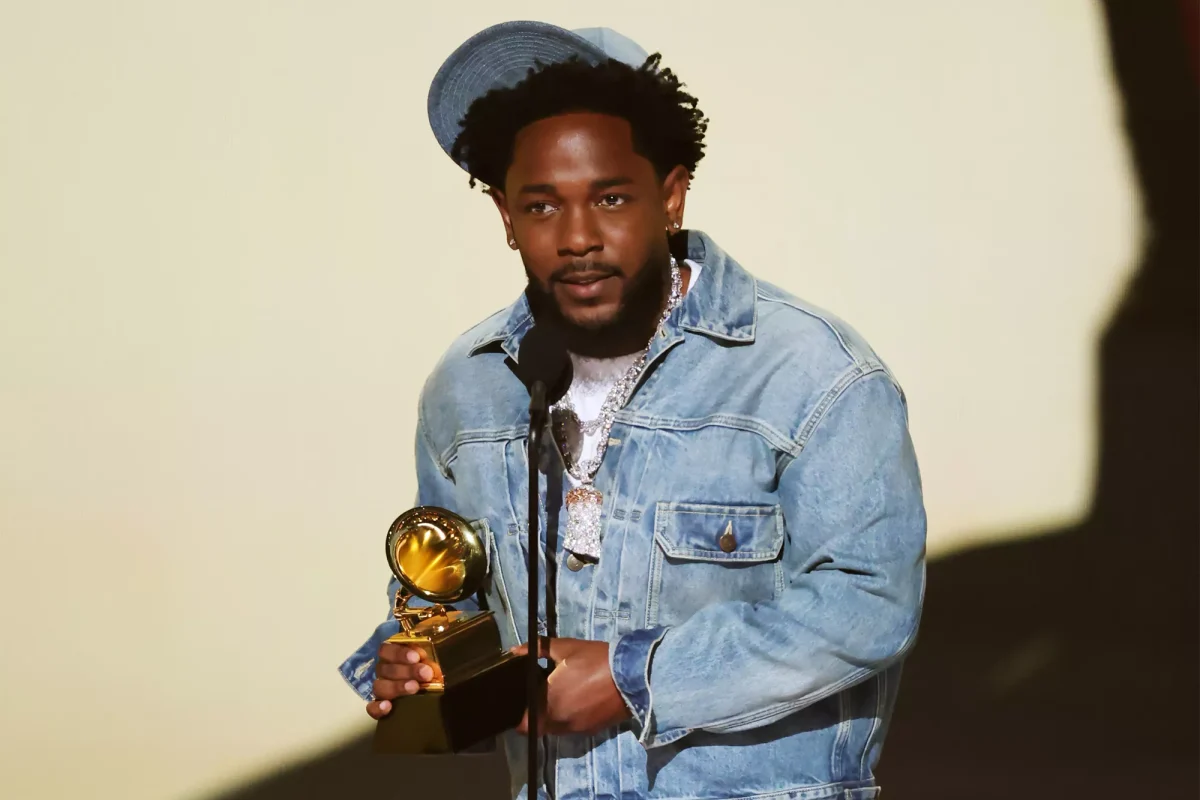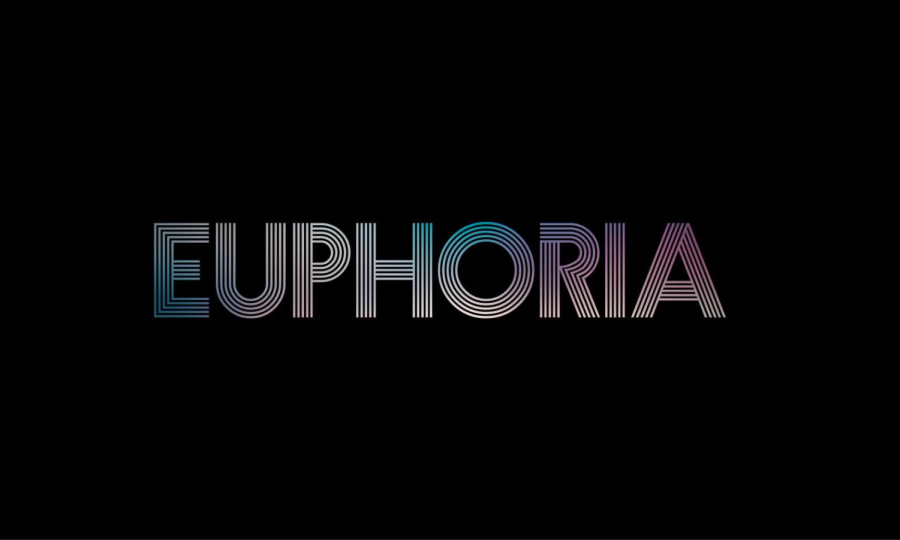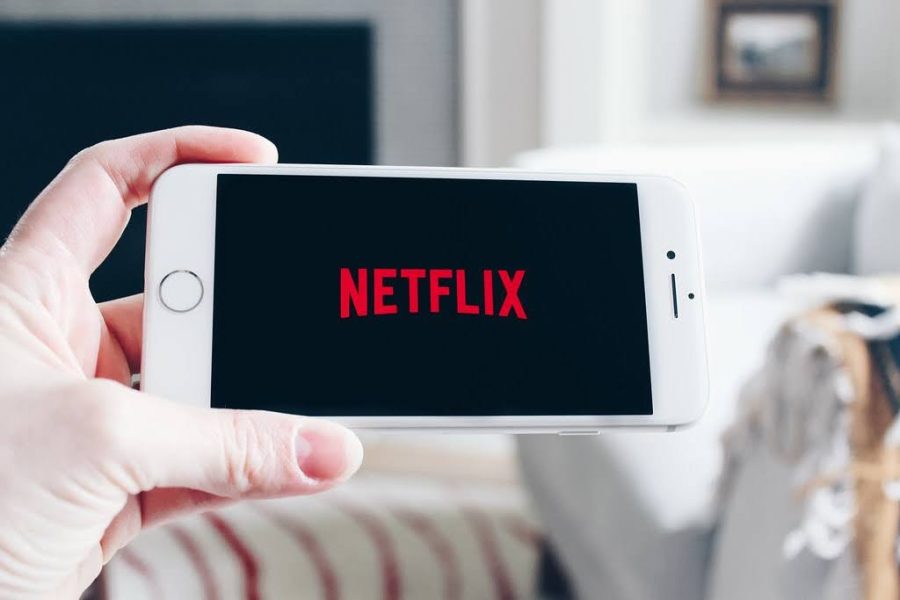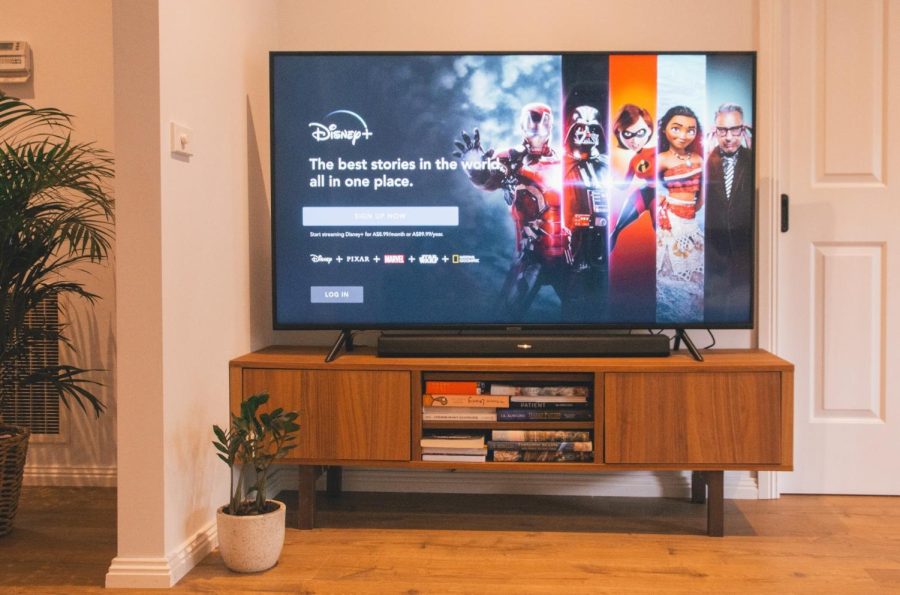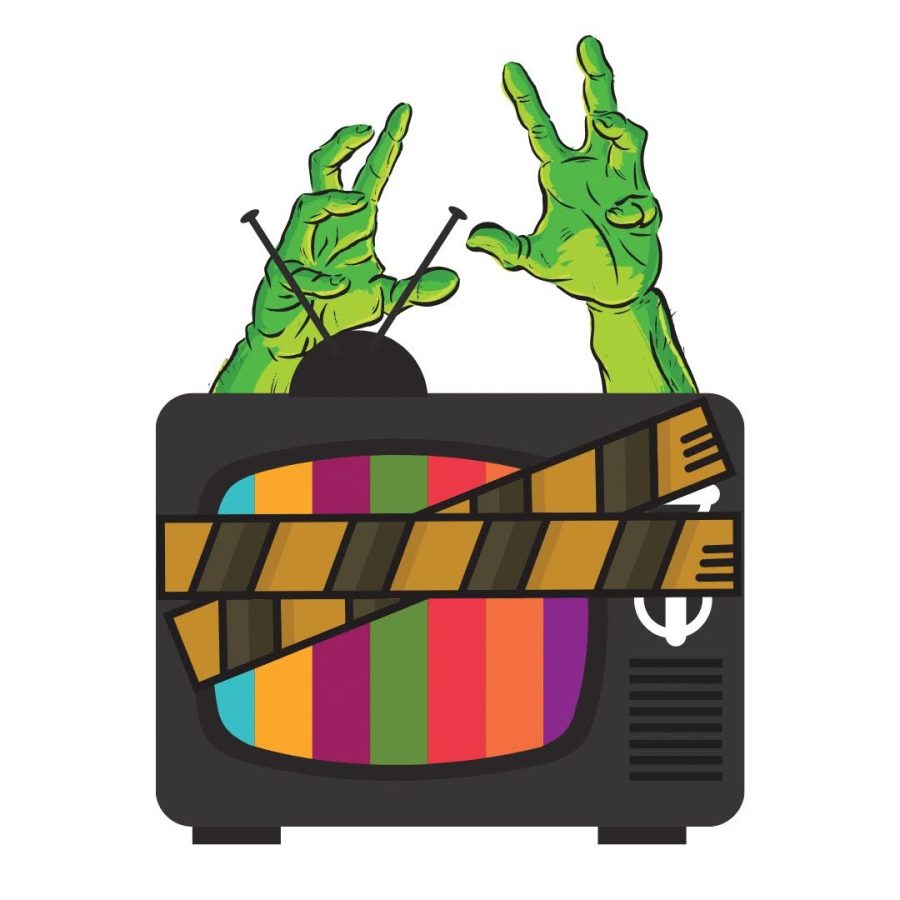LOS ANGELES – Glee, the award-winning musical comedy about a misfit high school show choir, might be doing more for music than its fellow Fox juggernaut, American Idol.
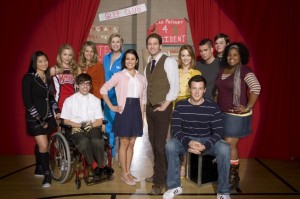
In its first 13 episodes, the show treated viewers to covers of songs by Neil Diamond, Rihanna, Kanye West, Barbra Streisand, Beyonce, Queen, Liza Minnelli and more. The music from Glee is a huge success in its own right, with more than 4 million digital downloads sold and two soundtracks already certified gold. A nationwide tour, Glee Live, featuring key members from the show’s cast, kicks off in May and has sold out, and the show is boosting sales for the original artists behind the songs.
Its stars are even featured on the current issue of Rolling Stone.
When the hourlong hit returns Tuesday for a nine-episode run, expect twice the tunes per show and even more mash-ups and musical diversity.
“Every single possible musical style and taste is going to be in there,” says Glee co-creator Brad Falchuk. “It doesn’t matter what you like — you’re going to find what you like and stuff you never heard of that you’ll love.”
But the commercial success of the Glee songs wasn’t a reason for the boost, he says. Instead, he said the decision was made because the music greatly enriches the show by giving viewers an emotional understanding of what the characters are going through. Falchuk says he and fellow show creators Ryan Murphy and Ian Brennan intentionally upped the number of songs to a minimum of five per episode for the balance of the first season (three to five had been the norm).
Falchuk says Murphy, also creator of the cult TV hit Nip/Tuck, is the master behind the music: “He’s the iTunes library, the Rainman of music.”
This season, the characters will express their joy and frustrations through the songs of best-selling acts like AC/DC, the Beatles, Lionel Richie, Olivia Newton John and Madonna.
In fact, Madonna gets her own entire episode — a tribute to the Material Girl packed with 10 songs, seven of which appear on a separate soundtrack, Glee: The Power of Madonna, set for release Apr. 20.
Practically every member of the show’s cast can and does sing, recording their songs regularly at the storied Jim Henson Studios in Los Angeles. The dozen actors comprising McKinley High School’s New Directions glee club sing several songs each episode, while other stars — including caustic cheerleading coach Sue Sylvester (Jane Lynch), cranky football coach Ken Tanaka (Patrick Gallagher) and neat-freak guidance counselor Emma Pillsbury (Jayma Mays) — chime in from time to time.
(Spoiler alert: Sylvester’s fans will love Lynch’s glamorous, unforgettable singing debut in the Madonna episode. She also duets with a legendary guest star later in the season.)
Producer Adam Anders arranges, records and mixes all the featured tracks — sometimes as many as 10 a week.
“I have eight studios going at all times on Glee,” says the 34-year-old, who counts Disney’s High School Musical and Camp Rock among his credits. “I have a partner in Sweden, and we basically get 27 hours out of a day because we have a nine-hour time change.”
The pair works around the clock to craft the songs, usually a couple weeks before each episode is shot. When the episode airs, they know immediately which songs are hits by simply clicking on iTunes.
“As a songwriter or producer, you never get that kind of instant reaction,” Anders says. “It’s really cool.”
Some bands covered on Glee have seen a resurgence in their own popularity. The cast’s version of Journey’s “Don’t Stop Believin’” hit No. 1 on iTunes when the show premiered and helped return the original 1981 version to the charts (that song also jumped on iTunes charts after it was used in the Sopranos finale).
“It’s a testament to how much the music is really affecting people and that a whole new generation is being introduced to these songs,” Falchuk says.
Still, the success of the music depends on the success of the storytelling, so script always precedes song.
“We never have a song and then say we need to find a story for this song,” says Falchuk. “The thing about a musical is what emotional experience do you want the audience to have by hearing that song at that moment?”
It’s those experiences that inspire sales success.
“The songs that sell the best are the ones where the integration of the story and music really worked, where there’s an emotional connection to what’s going on in the scene,” he says.
“It’s independent of genre. It could be classic rock or a musical, it’s just a song that made people feel good.”



